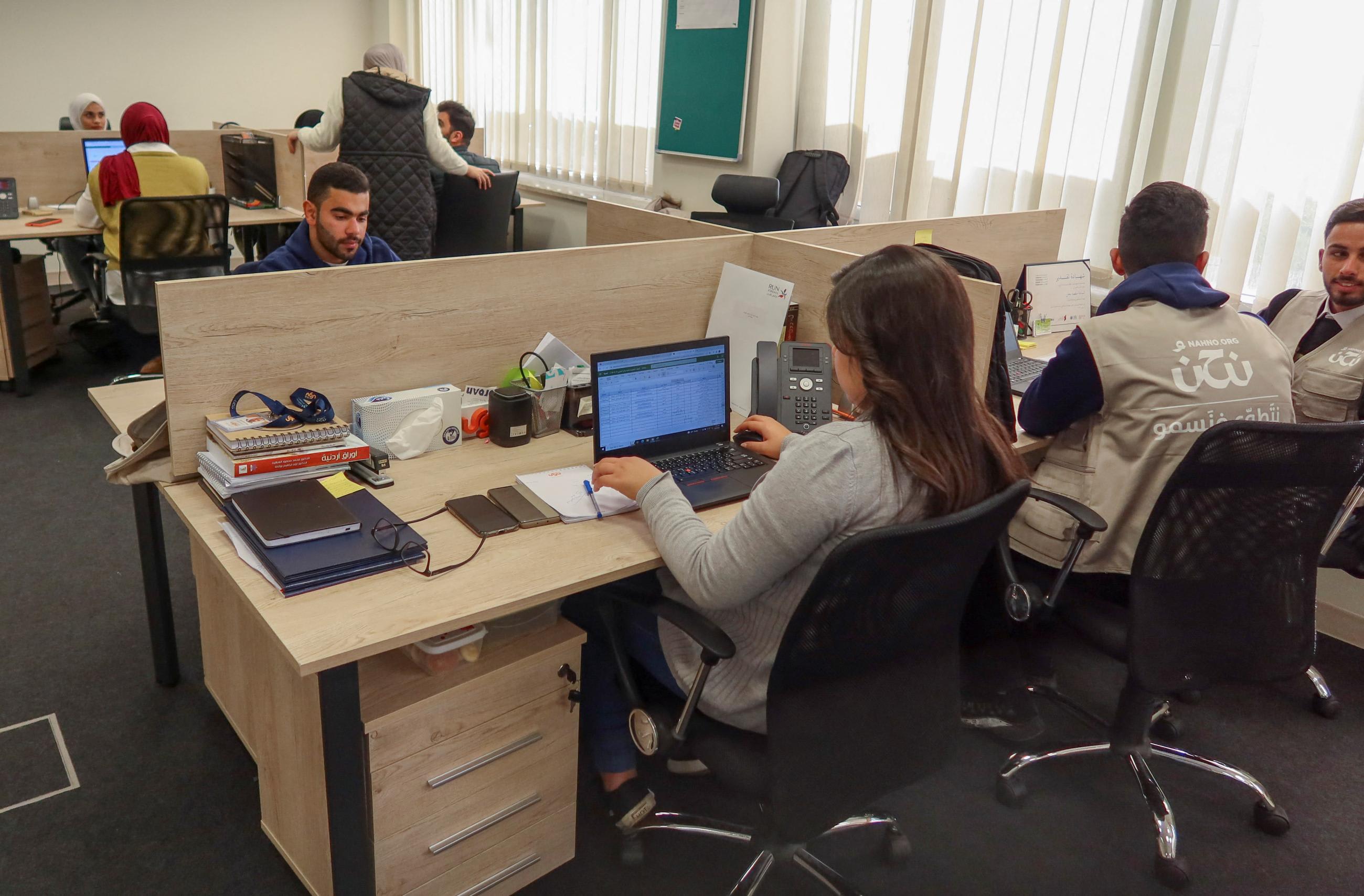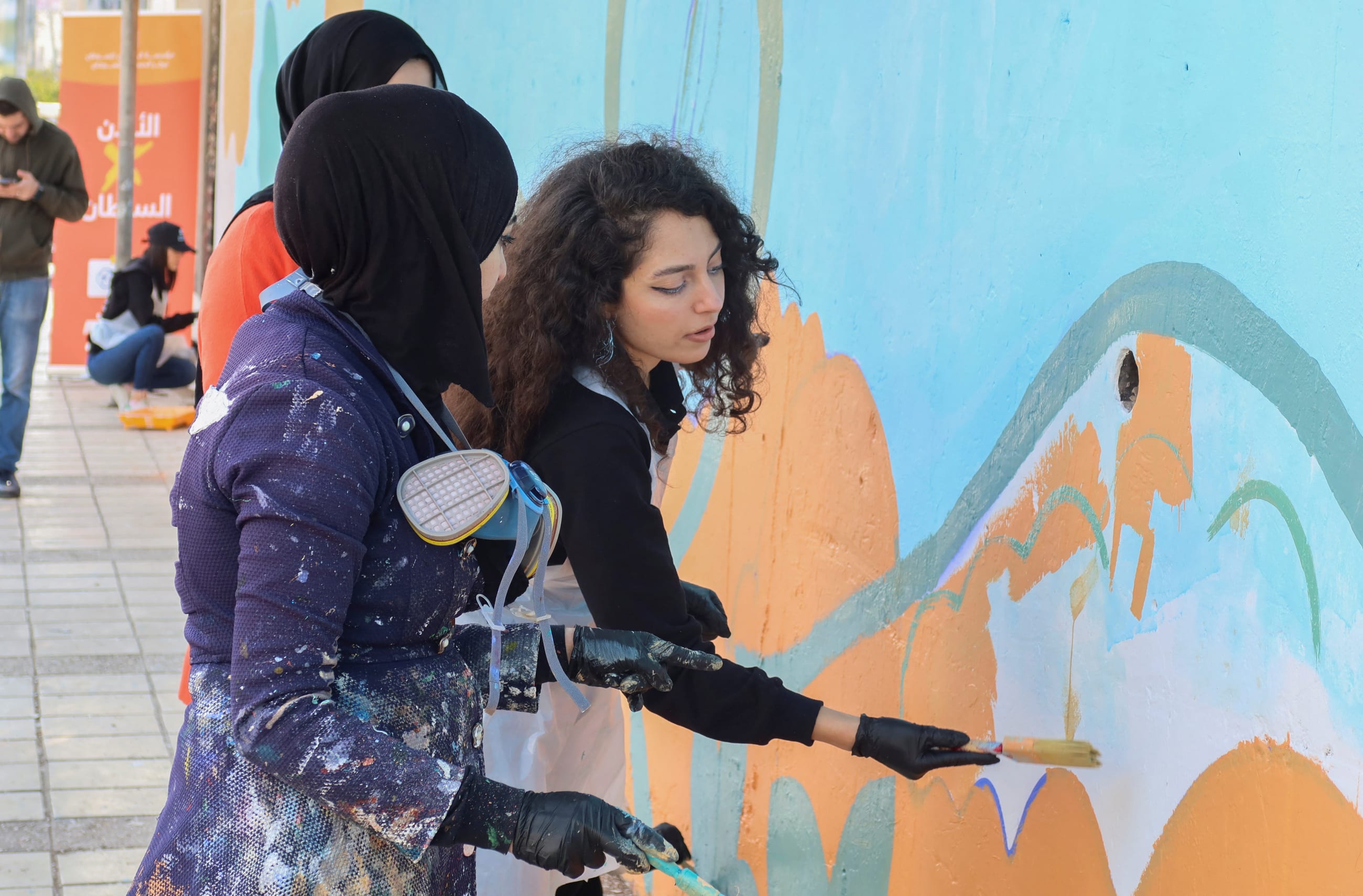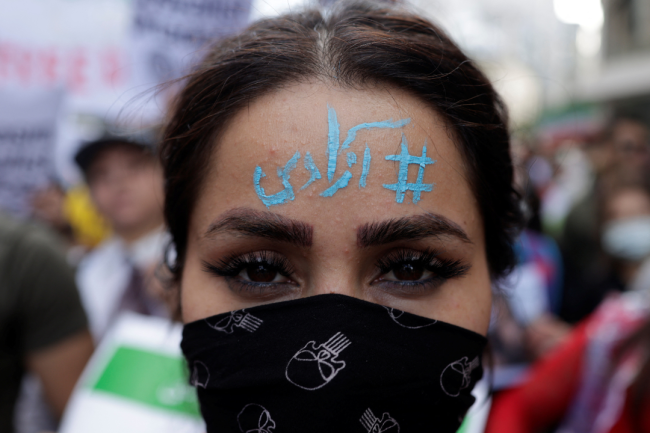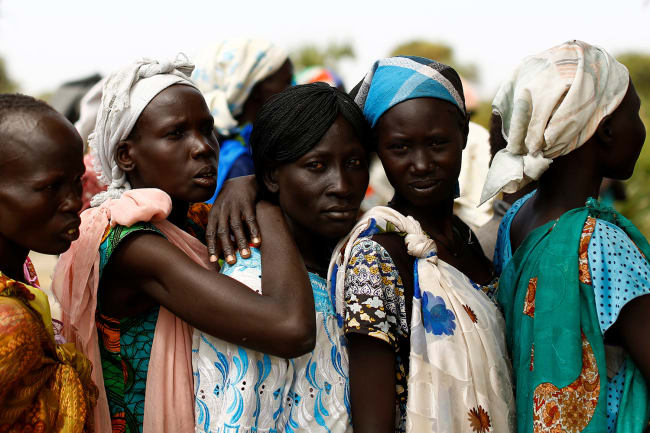The economic gender gap in the Middle East is one of the largest in the world. The expansion of vocational training programs and the establishment of numerous multinational corporations throughout the region have increased labor opportunities for many people. Yet, amid these growing job opportunities, a multitude of cultural and political inhibitions affect women entering the work force. Although initiatives led by UN Women and the International Labour Organization (ILO) have been instituted in countries such as Jordan, structural barriers to entry persist.
In 2022, the World Bank reported that women in the Middle East made up just 19 percent of the labor force—one of the lowest percentages in the world. This rate varies by country: 15 percent in Egypt, 11 percent in Iraq, 15 percent in Jordan, 48 percent in Kuwait, 29 percent in Lebanon, 21 percent in Morocco, 60 percent in Qatar, 28 percent in Saudi Arabia, 26 percent in Tunisia, 55 percent in the United Arab Emirates, and 19 percent in the West Bank and Gaza. Egypt, with a population of nearly 110 million, has a lower rate than other, less populated countries in the region, including Lebanon and the United Arab Emirates. Jordan has another low rate to consider. Jordan has one of the highest female literacy rates in the region—recorded at 100 percent in 2021—but one of the lowest rates of female labor-force participation. The average female literacy rate in the Middle East overall in 2022 was recorded at 88 percent, placing Jordan well ahead of the curve. Important factors such as social norms, misinformation, employer discrimination, and social norms, have affected female labor-force participation in Jordan.
The World Bank reported that women in the Middle East made up just 19 percent of the labor force in 2022
Poor work conditions or family pressures—such as childbearing and child rearing—and structural barriers—such as childcare issues and long work hours—have either inhibited or pushed women out of the labor market. Women also face employer discrimination. In Egypt, for example, employers in a study by J-PAL, voiced their preference for hiring men over women. Despite women's high level of training and education in various professions, women continue to feel inferior to men and are often expected to work socially acceptable hours (9:00 a.m. to 5:00 p.m.) that will not interfere with their responsibilities at home. When asked, more than 60 percent of Jordanian men and women surveyed by the World Bank in 2018 state that it is unacceptable for women to work in the same spaces as men and 70 percent said it was socially inappropriate to take a job that requires women to work past 5:00 p.m. Women's experiences in the labor force vary across classes, religions, and ethnicities. This patriarchal bargain, a term coined by Deniz Kandiyti, constrains women, yet they are seen as having agency and the opportunity to strategize and develop their autonomy. Hence the structural barriers that exist are norms that have persisted, but Jordanian women—and women throughout the region—can shape the landscape of the labor market by requiring the enforcement of protections from sexual harassment, proper childcare, and transportation to and from the workplace.
Women's experiences in the labor force vary across classes, religions, and ethnicities
What Next?
Women in the Middle East have entered the labor force out of college with positions in sectors including health care, agriculture, public administration, and education—jobs that make up more than 65 percent of the female labor force. Recent studies, however, show that women remain marginalized in work environments, which, in turn, harms gross domestic product growth in the region. Moreover, the unemployment rate among Arab women is 42.5 percent, three times the average of the global unemployment rate of 14.9 percent and twice that of Arab men at 25 percent. In addition, the International Monetary Fund ranked Jordan as 126 out of 146 countries on its 2023 Global Gender Gap Index. Despite reforms within the education system and initiatives such as the Queen Rania Foundation for Education and Development, Jordan still struggles to close the gap in the workforce. Much of this work is related to the societal pressures on women in the form of childcare and household work. In this form of labor, women are unpaid and overrepresented.
In the World Bank's "World, Business, and the Law" report, Jordan's index ranks at 46.9 in 100. This index measures reforms made by countries toward gender equality. Although a high literacy rate might suggest otherwise, Jordan still struggles to bridge the inequity and inequality between genders. Other Middle East countries have enacted national gender inequality strategies including the National Strategy for Women in Lebanon and the Egyptian National Council for Women Strategy for Gender Equality. Jordan, like its regional counterparts, has worked toward reforms supported through UN Women and the ILO to find ways to address the growing labor-force concern. As the country with one of the highest literacy rates in the region, Jordan exemplifies the work that lies ahead for bridging workplace gender gaps in the Middle East.













